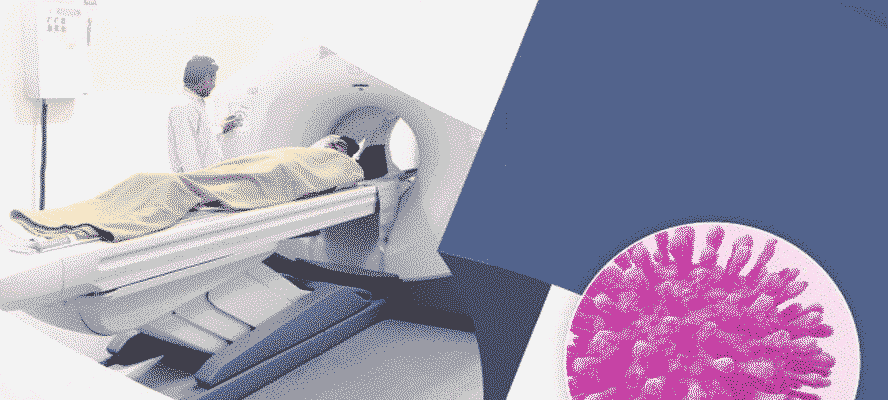One of the greatest advantages of advanced diagnostic imaging systems is that it enables to see the unseen. Even when a disease does not produce an outward indication in the form of symptoms, it may remain hidden in the body, building up strength to make a comeback when least expected. This is also the case for the intracellular pathogen HIV . In higher numbers, the HIV infection exposure and in the immune system and increases susceptibility of the host to opportunistic infections leading to mortality. While Antiretroviral Therapy (ART) is largely proven to be successful in eradicating HIV from circulation and suppressing viral load, residual virus particles may still remain in the body. The detection of the hidden opportunistic infection and HIV associated malignancies in the body can be done using A advanced imaging modalities such as PET Scan








